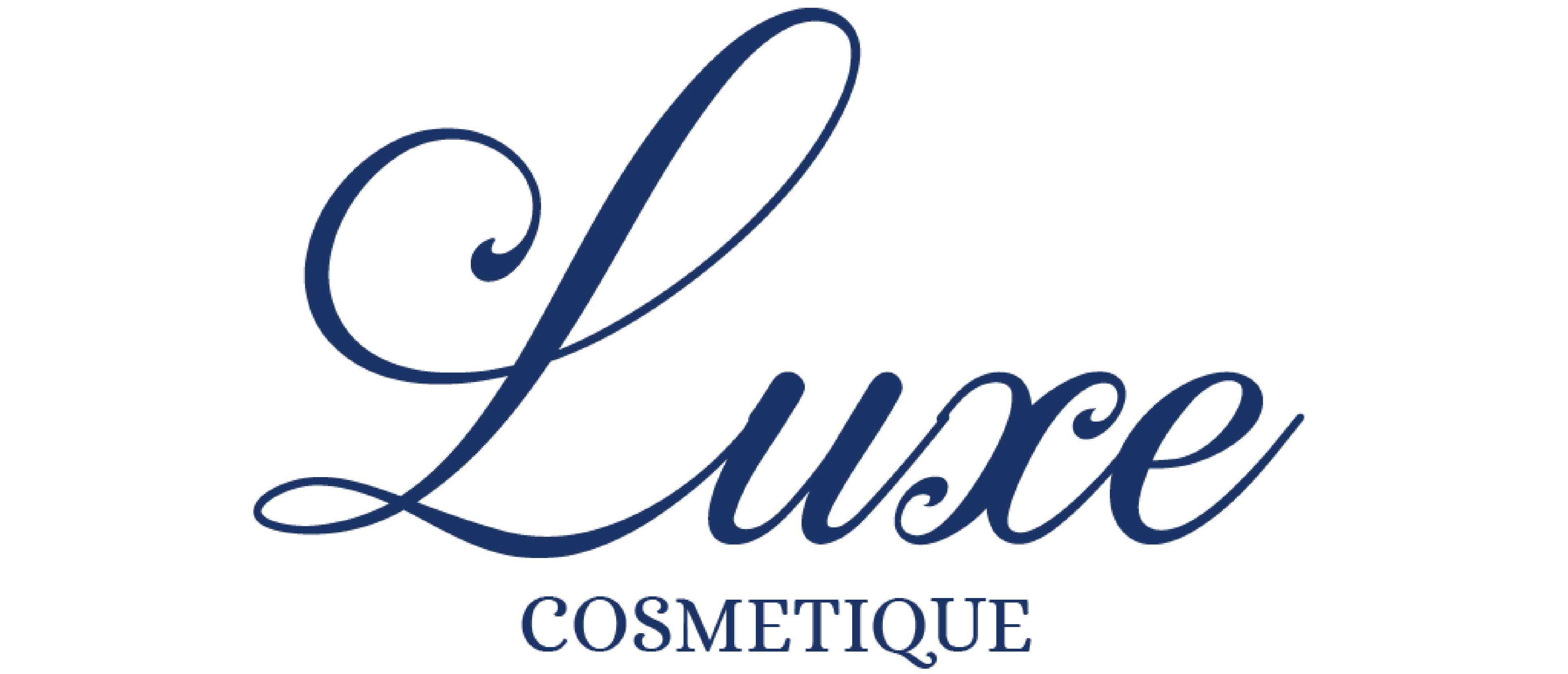Botox
- Botulinum toxin type- A is a popular injectable that temporarily reduces or eliminates facial fine lines and wrinkles.
- The most commonly treated areas are frown lines, forehead creases, crows feet near the eyes.
- Several other areas of face can been treated such as thick bands in the neck, thick jaw muscles, lip lines and gummy smile.

3 simple steps to Botox treatment
Post Operative Care for Botox treatment
Patients will be made to walk on the same day of the surgery to ensure that blood clots do not form in the legs. Drinking plenty of fluids and eating a healthy diet is recommended.
Supportive bra may be advised for a period of 4 weeks. Refrain from raising arms beyond 30 degrees for a week. It may be necessary to visit the outpatient clinic for dressing changes till the suture lines heal or dry up.
You may resume work in 2-3 weeks time from your surgery. Scar modulation creams may be recommended for softening the scars. Lymphatic massages once the suture line is dry which improves the breast contours. It may take 3 months for one to appreciate the final results.
You ask, we answer.
Botulinum toxin treatments are quick with minimal discomfort. The treatment requires no anesthesia or recovery time. Many people get botulinum toxin during their lunch hours and are able to return to work right after their appointment.
Botulinum toxin can be used to address the lines and wrinkles on a number of different facial areas, including the forehead, eye area (crow’s feet), and lip lines and also dimpling of the chin. The off- label uses of the botox are injections to the jaw muscles for alleviating pain from teeth grinding or jaw slimming effect, hyperhydrosis of the axillae and palms (excessive sweating).
It is an FDA approved as a safe treatment for reversing lines and wrinkles. However, patients who are pregnant, breastfeeding, or have certain neurological diseases should not receive botulinum toxin treatments.
Some patients may wonder if they are ‘too young’ or ‘too old’ to try botulinum toxin. There is no right or wrong age to start using botulinum toxin. Patients should be evaluated and receive a consult by a plastic surgeon prior to treatment.
The aim of our team of surgeons at Luxe Cosmetique is to deliver subtle and natural results without compromising at the functionality. So you’ll look like yourself only with less noticeable lines. No one should be able to tell you’ve had anything done.
You may begin to notice results within 24 to 48 hours, with results lasting up to four to six months for moderate to severe frown lines. Remember that results vary from patient to patient though, so your physician will plan your next appointment based on your results and aesthetic goals.
- No rubbing or massaging of the injected area for 4 hours after treatment, including facials.
- No strenuous exercise for 24 hours after treatment.
- Keep upright for 4 hours — no lying on your face
- Avoid headwear that is tightly fitted across the forehead.
The outcome will vary from person to person, but typically you can expect the results of botulinum toxin to last from four to six months. The location of the injection and the amount used are the biggest factors that may affect how long it lasts. Other factors include your age, the elasticity of your skin, and wrinkle depth. Over time when facial muscles aren’t used, they eventually get shorter and smaller, so regular use of Botox may extend the results for longer periods of time.
As with any procedure, whether medical or cosmetic, there is always a risk of side effects. Some patients may experience bruising, swelling, redness or tenderness, pain at the injection site. These side effects resolve on their own within a 2-3 days.
Yes. Ideally, avoid make up for an hour or so. However, mineral make up can be applied immediately after botox. Again, it is recommended that you do not apply too much pressure during these activities in order to ensure that the botox does not disperse from the treated area.
